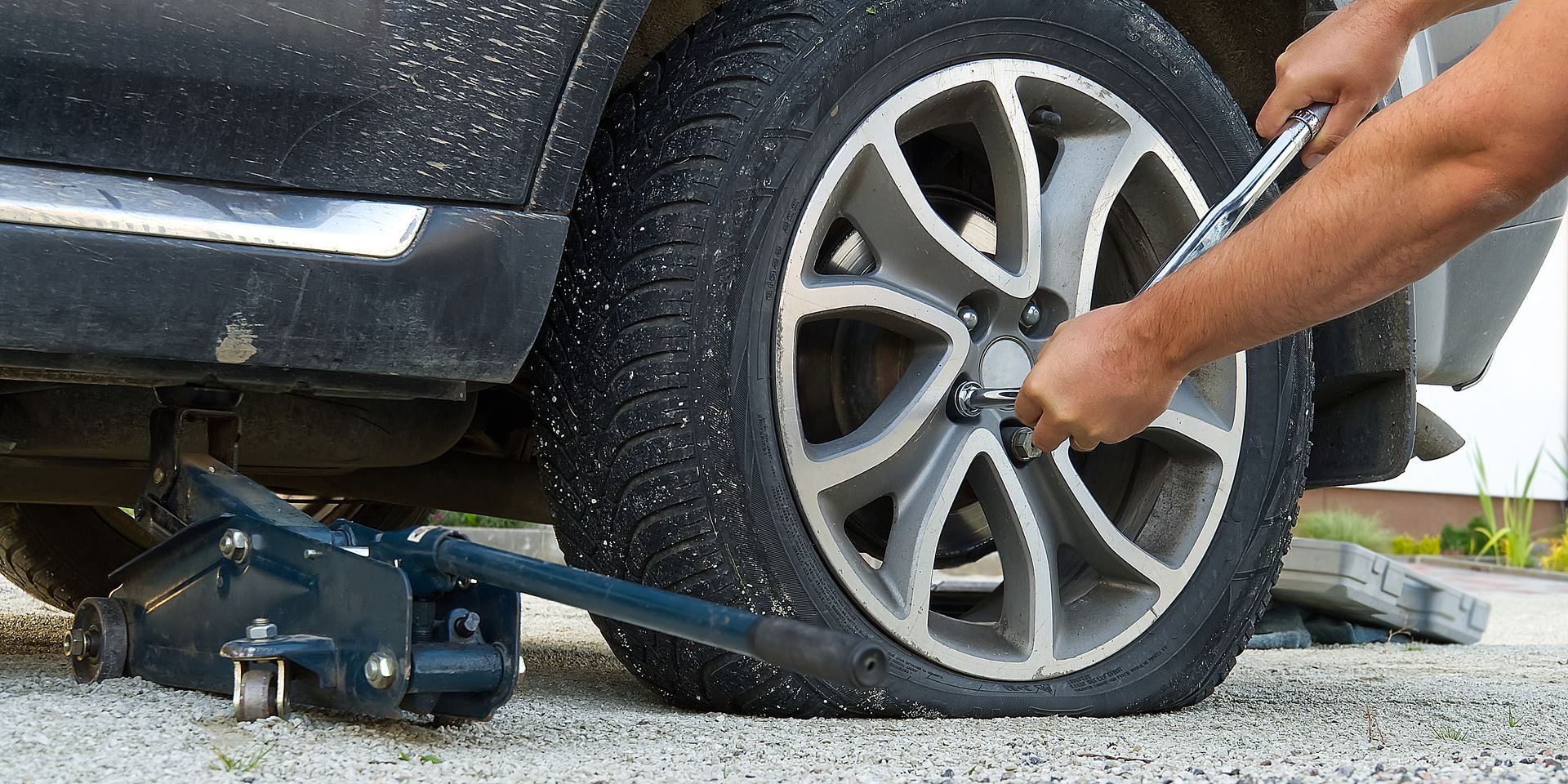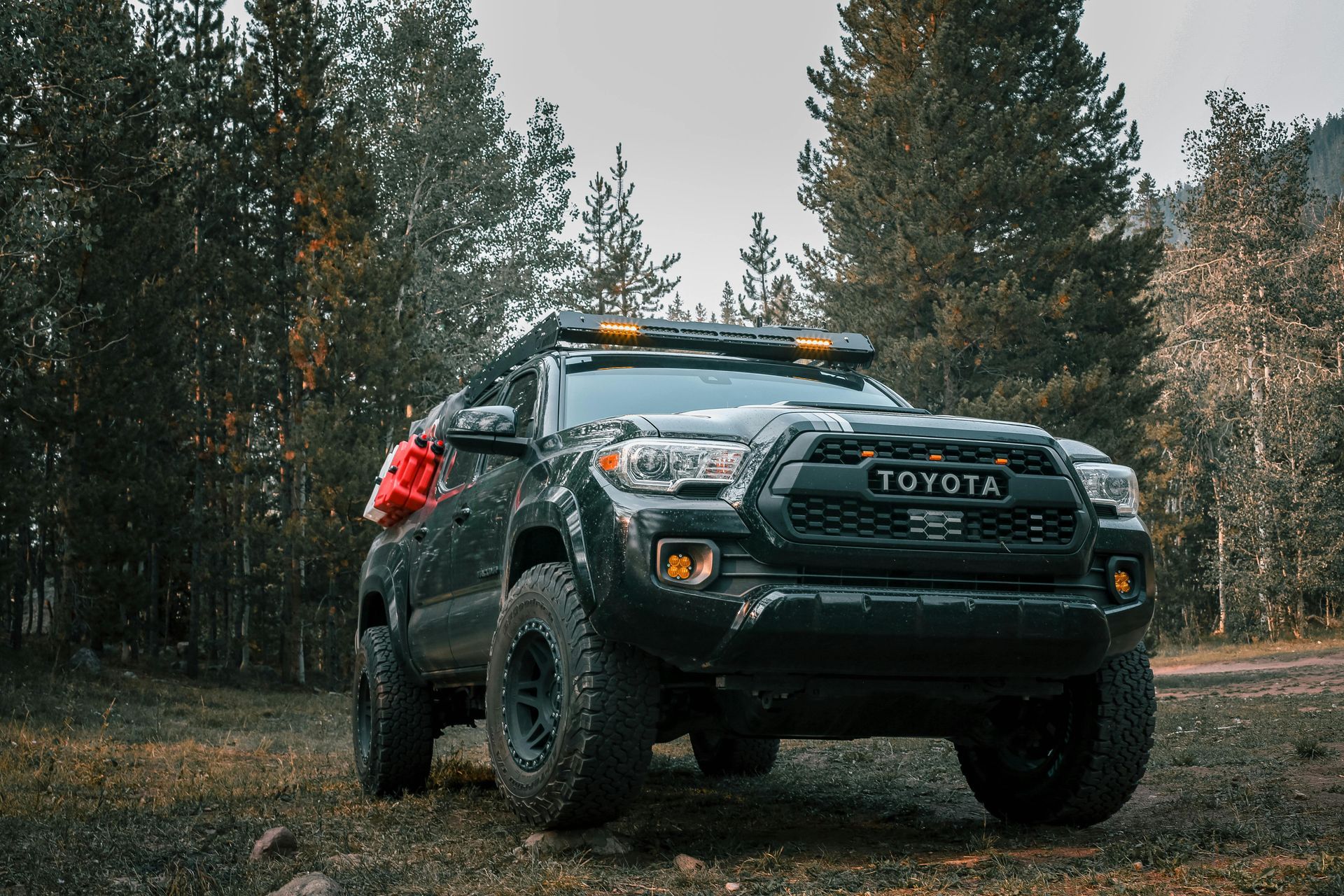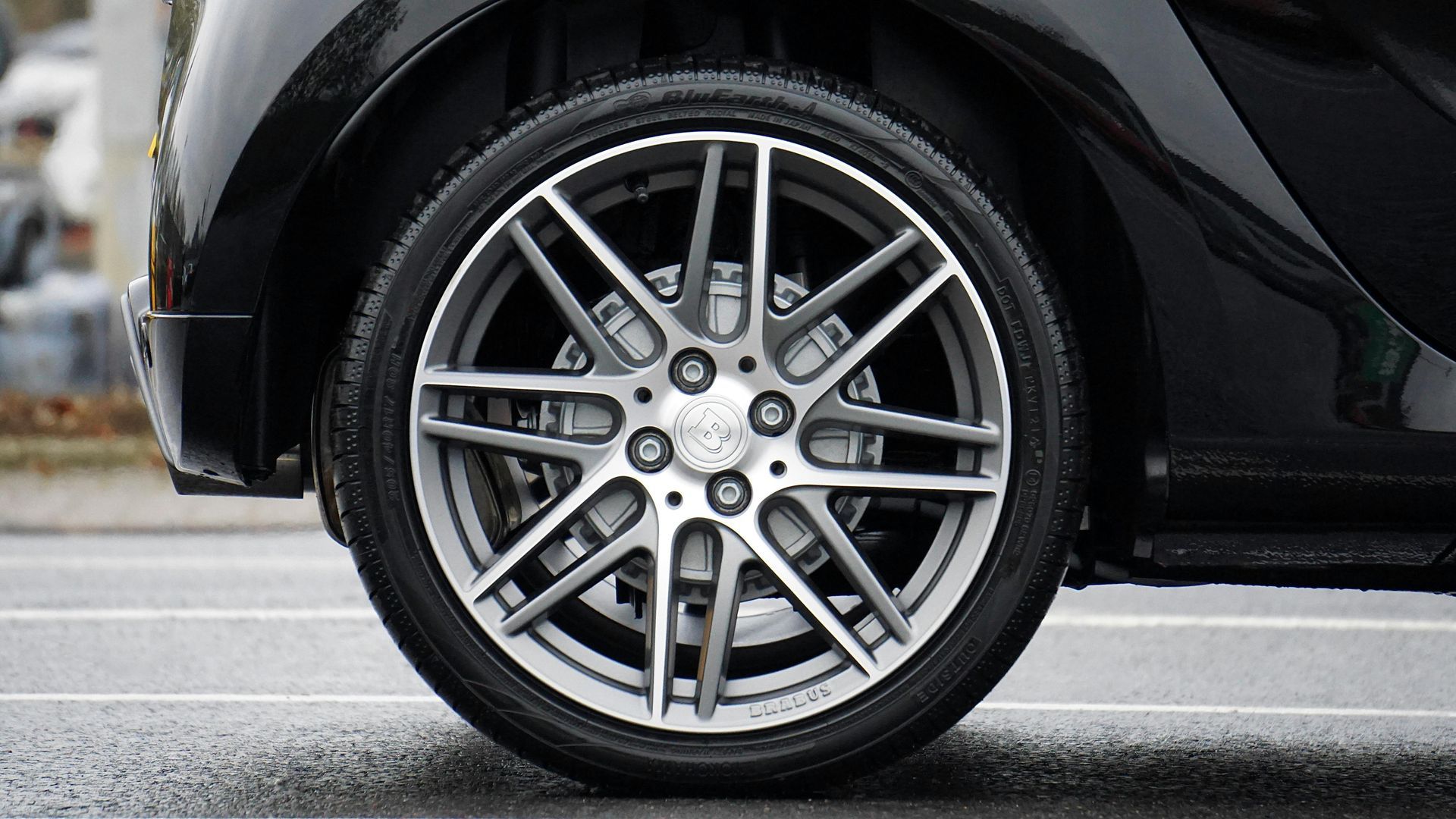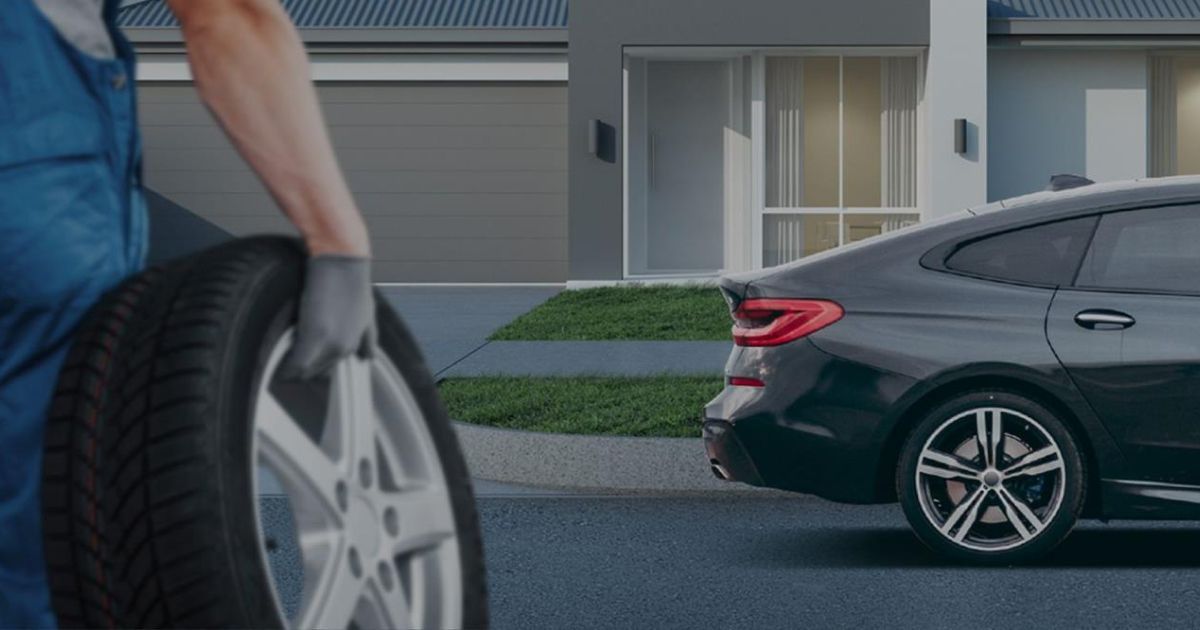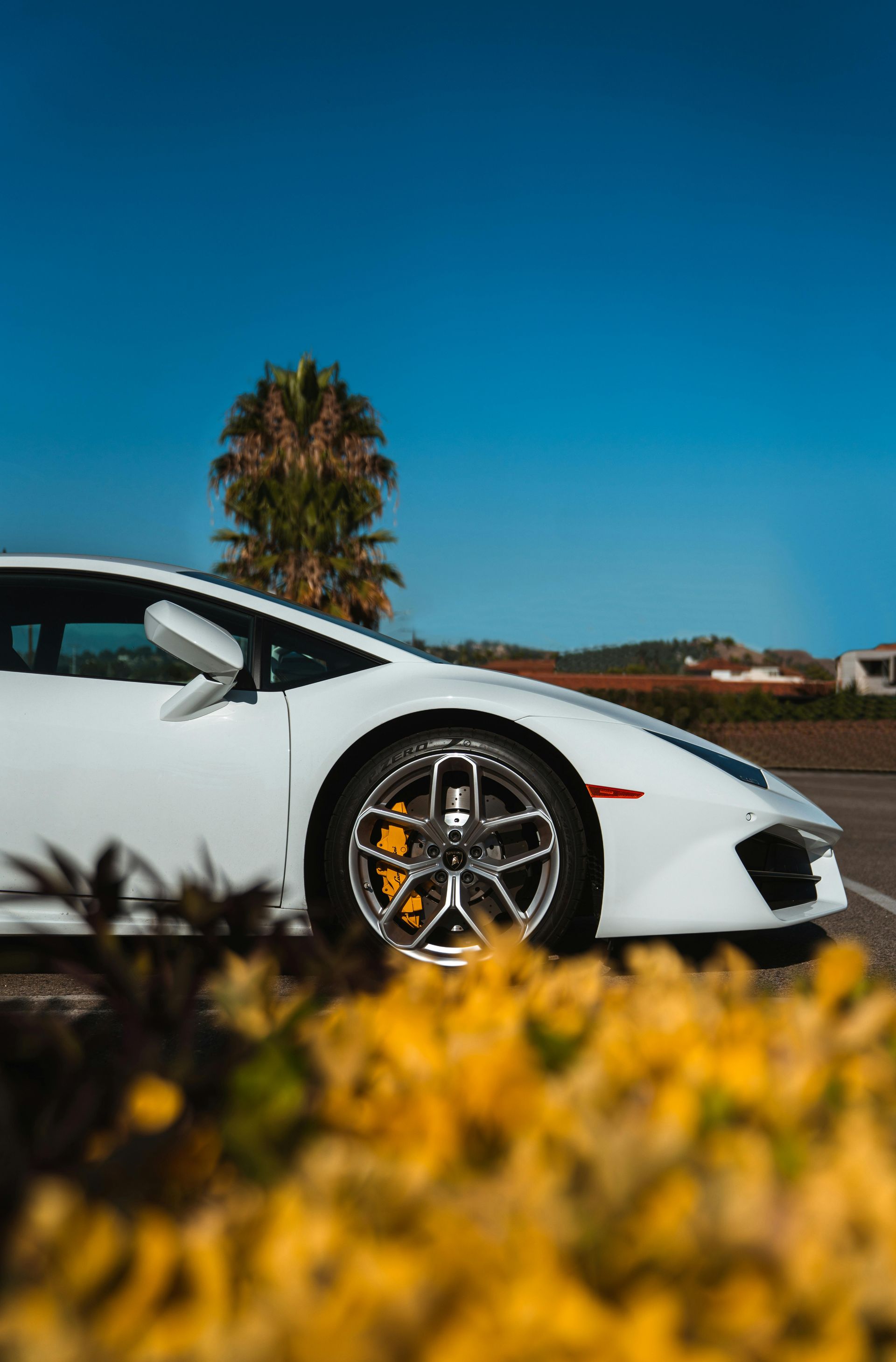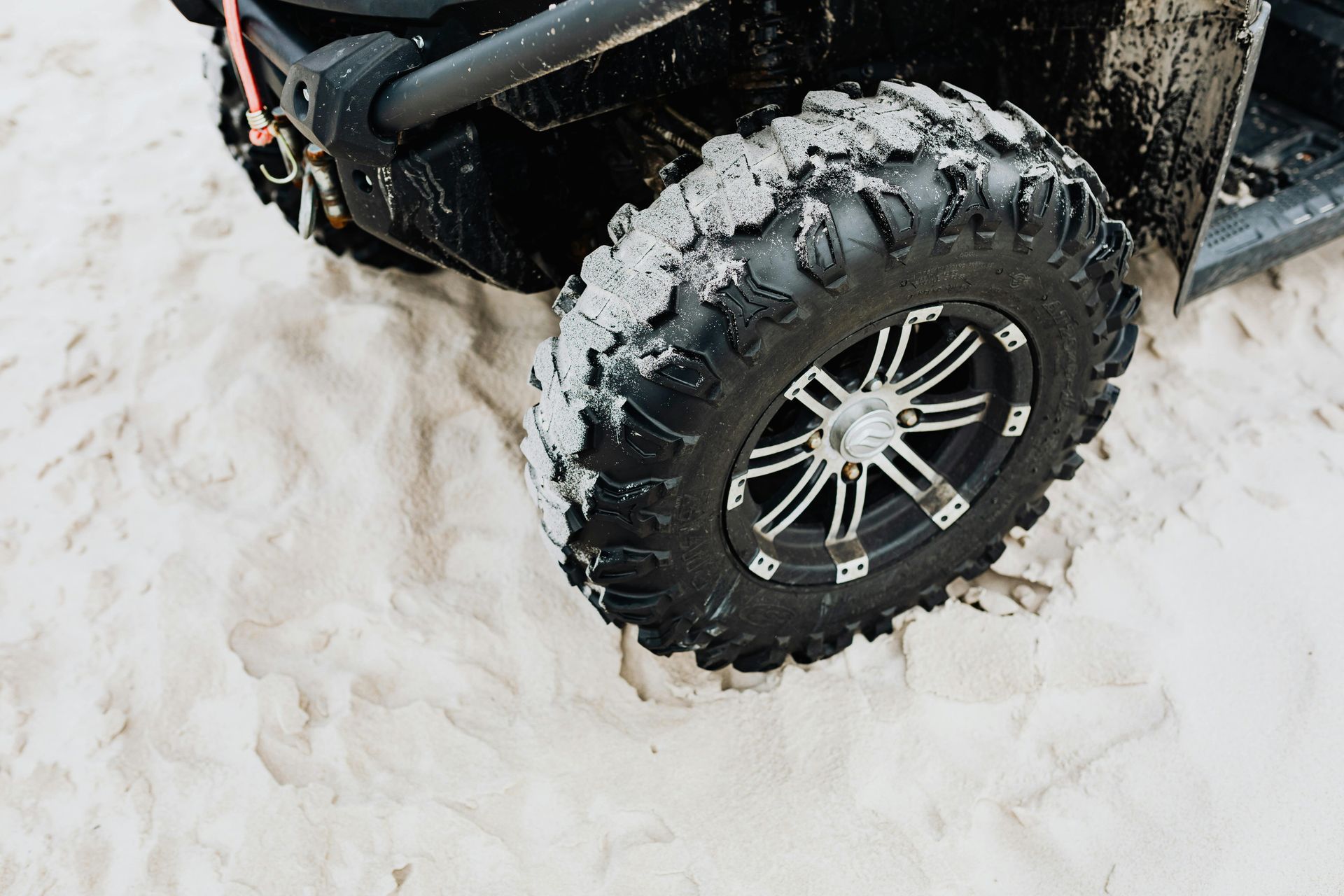Ever felt a sudden, persistent vibration in your steering wheel or seat while driving fast? These vibrations might signal a problem. Knowing the signs of unbalanced tires can prevent bigger issues later.
Significant vibrations in the steering wheel, floorboards, and seats are clear signs. They get worse when you speed up. This happens when the tire and wheel don't balance evenly.
When the weight is off, the tire rotates unevenly, causing vibrations. This not only makes driving uncomfortable but also hurts your car's performance. Unusual noises and thumping sounds often come with these vibrations, pointing to deeper issues.
Unbalanced tires don't just make driving uncomfortable; they're also unsafe. They wear unevenly and can go flat easily. This can make your car pull to one side, showing steering or alignment problems.
Driving on rough terrain or small manufacturing flaws can also cause balance issues. Regular tire balancing, every 6,000-8,000 miles or twice a year, is key. It keeps your car running well, safe, and fuel-efficient.
Quality products like ABC's balancing beads help keep your tires balanced. They adjust to your tire's needs for a smooth ride.
Ignoring these signs can cost you more than just comfort. It's important to fix these issues quickly. Balanced tires mean better grip, even wear, and a safer drive.
Understanding Tire Imbalance and Its Effects
Tire imbalance happens when a tire and wheel don't weigh evenly. You might feel vibrations in the steering wheel or all over the car. These vibrations are not just annoying; they show serious problems that could harm your car.
Imbalanced tires wear out faster, leading to early replacements. It's smart to balance tires every 6,000 to 8,000 miles to prevent this. Also, imbalanced tires can mess up your car's steering and balance.
Also, cars with unbalanced tires use more fuel. This is because the engine works harder, using more gas. Bad maintenance and road damage can make things worse. Getting your tires balanced by a pro can save gas and wear down less on your car.
Imbalanced tires are not just a hassle; they're also dangerous. They make your car harder to control, especially when you're going fast. This can make driving very risky. Fixing tire imbalance issues can make driving safer and more enjoyable.
To wrap it up, taking care of your tires is key to your car's health. Balanced tires make your car more comfortable, save gas, and last longer. It's all about keeping your car running smoothly.
Common Causes of Unbalanced Tires
Unbalanced tires can really affect how well a car performs and how safe it is. The main reason is the natural wear and tear of the tire rubber. As tires get older, they lose their balance, causing problems.
Another big reason is when wheel weights get knocked off. This happens when a car hits potholes, curbs, or road debris. It's a big issue because 85% of unbalanced tires make vibrations that drivers can feel.
Things outside the car can also cause imbalance. If tires are not installed correctly or if the wrong parts are used, it can lead to problems. These issues can cause uneven wear, make the car pull to one side, and even cut down on fuel efficiency by up to 10%.
Things like road conditions and changes in temperature can also affect tires. They can make tires wear unevenly and get out of alignment. This is important because 60% of uneven tire wear is due to imbalance.
Keeping tires in good shape is key to avoiding problems. Make sure to balance and rotate tires every 6,000 to 8,000 miles. Fixing tire imbalances quickly can make your car more fuel-efficient and last longer. In short, knowing why tires get out of balance and keeping up with maintenance can make driving safer and smoother.
How Tire Imbalance Can Be Corrected
Fixing unbalanced tires is key for your car's performance and safety. You should rebalance tires every 6,000 to 8,000 miles. Or, do it when you notice vibrations or uneven wear.
This process involves using a special machine to check each tire and wheel. Technicians then add small weights to the rim to fix any issues. This makes your ride smoother, extends tire life, and saves fuel.
Steps in the Tire Rebalancing Process:
- Mounting the tire and wheel assembly on a balancing machine.
- Identifying weight distribution discrepancies.
- Attaching small balancing weights to correct weight imbalances.
Besides rebalancing, keeping tires inflated right and wheels aligned is also important. These steps help your car handle better and stay safe.
Things like bad installation, road damage, and wrong tire pressure can cause imbalance. Worn-out parts and bad driving habits also play a role. Regular rebalancing keeps your ride smooth and safe.
Balanced tires offer many benefits. They reduce wear on your tires and car parts, and they save fuel. So, balance your wheels with every tire rotation or new tire. Balanced tires make driving safer and smoother.
Conclusion
It's key to understand and tackle tire imbalances for safety and efficiency. Look out for signs like vibrations and uneven wear. Common culprits include misaligned wheels and bad driving habits.
Following tire maintenance tips can help a lot. Regular checks and rotations are important. This keeps your tires in good shape for longer.
Keeping your vehicle in check is vital for safe driving. Check tire pressure often and before long drives. This stops uneven wear.
Also, fix any worn-out suspension parts. They can hurt your tire's life. Balancing tires when mounted is a must to avoid vibrations.
By doing these things, you lower accident risks and save money. You'll also use less fuel.
Knowing how misalignments affect tires is crucial. They can cause uneven wear and affect your car's performance. Keeping your suspension parts in good shape helps too.
By following these tips, you ensure your tires last longer. This makes driving safer and cheaper in the long run.
